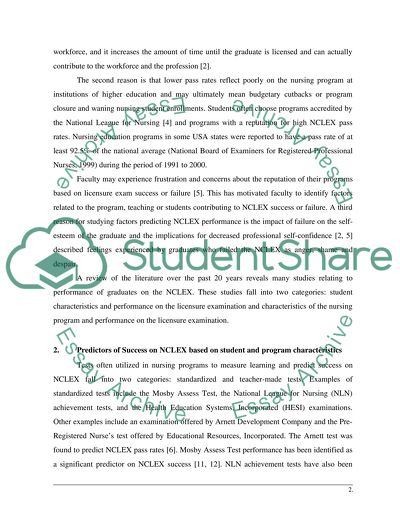Cite this document
(National Council Licensure Examination Research Paper, n.d.)
National Council Licensure Examination Research Paper. https://studentshare.org/nursing/1502767-qualitative-critique-predictors-or-success-for-nclex-in-nursing-students
National Council Licensure Examination Research Paper. https://studentshare.org/nursing/1502767-qualitative-critique-predictors-or-success-for-nclex-in-nursing-students
(National Council Licensure Examination Research Paper)
National Council Licensure Examination Research Paper. https://studentshare.org/nursing/1502767-qualitative-critique-predictors-or-success-for-nclex-in-nursing-students.
National Council Licensure Examination Research Paper. https://studentshare.org/nursing/1502767-qualitative-critique-predictors-or-success-for-nclex-in-nursing-students.
“National Council Licensure Examination Research Paper”. https://studentshare.org/nursing/1502767-qualitative-critique-predictors-or-success-for-nclex-in-nursing-students.


